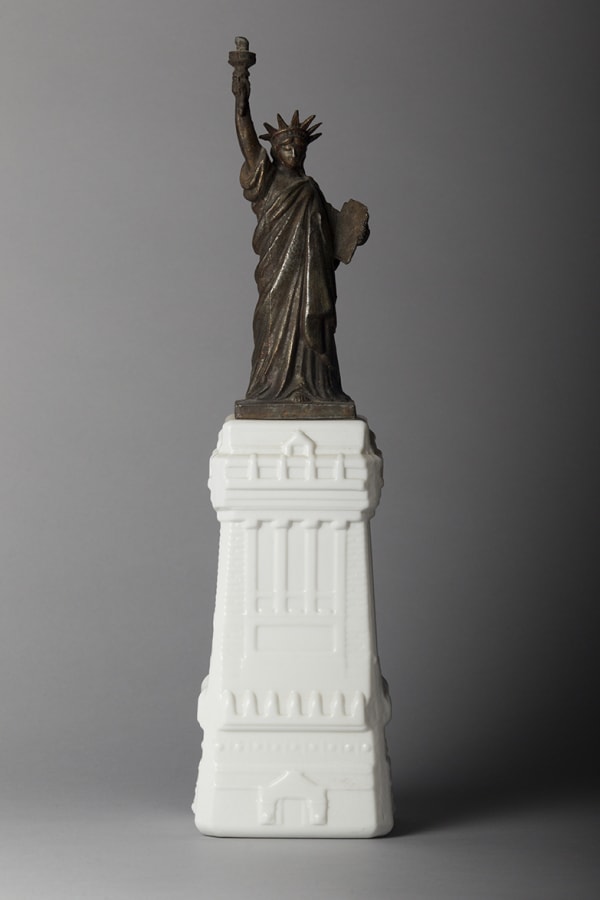Milk Glass
First made in 16th century Venice and later found in Florence, milk glass (also known as opal glass) was intended to simulate porcelain. The opaque white color is achieved through the addition of an opacifier such as tin dioxide (SaO2) or bone ash during the liquid state of a glass object’s production.
During the Gilded Age (1877 – 1900) intricate and delicate Milk Glass pieces were manufactured for wealthy collectors, often these pieces were hand painted or trimmed with rich colors. Later, during the Depression Era (1930s – 1940s) simpler and more affordable pieces were created, with the “hob nail” pattern becoming one of the most popular decorative patterns lasting through the modern age and into today’s contemporary collections.
Milk Glass can be found in a variety of objects, ranging from large serving platters to small delicate jewelry. Platters and plates are often found with pressed intricate designs or portraits in the center with elaborate scalloped or laced edging. Smaller pieces can range from simple service-ware to highly decorative candlesticks, vases, and jars, many of which are pressed into the shapes of animals and portraits. Milk Glass is still sought after today and can be found in a variety of collections from museums to private households.




















































